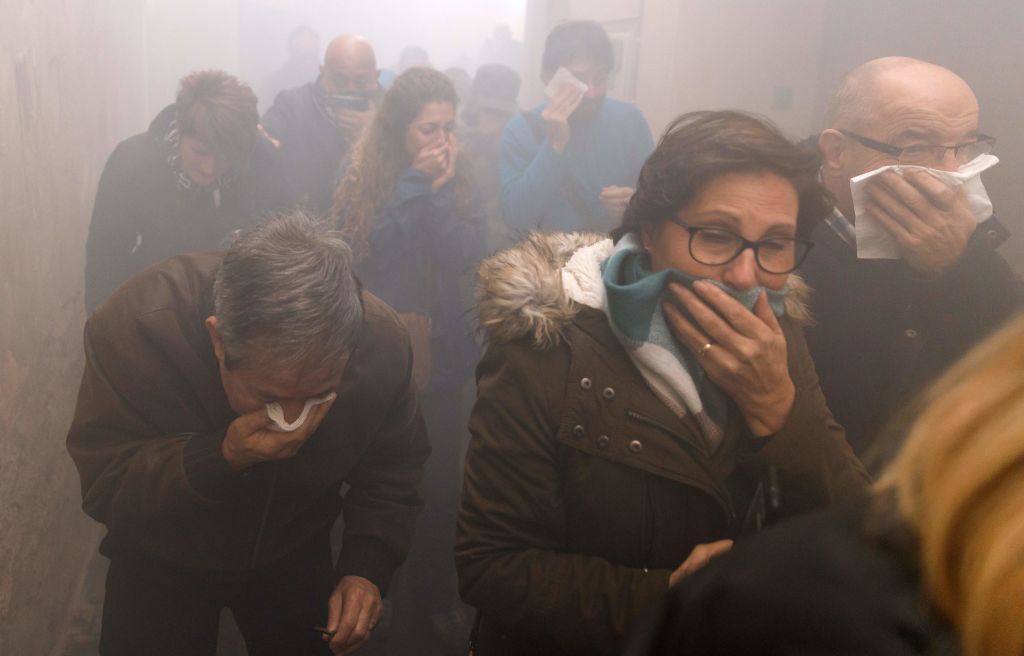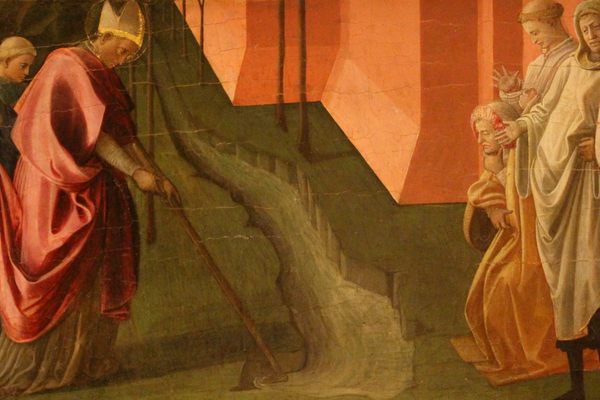The Festival That Soaks a Spanish Town With Rosemary-Scented Smoke
A yearly procession commemorates a smallpox cure.

In 1888, the small Spanish town of Arnedillo was stricken with smallpox. As the epidemic swept through, the people of Arnedillo looked to the saints for help. They lit seven candles, one for each of the seven saints most revered in this region, and waited to see which would last the longest.
When the candles had burned down, the last to remain lit stood before San Andrés, Saint Andrew. The saint’s image was paraded through the town as the locals lit fires of rosemary smoke.

Whether a coincidence or a miracle, after the procession, the epidemic passed, and now, each year on the last Sunday of November, the town recreates the procession that saved its people.
On the day before the procession, the Brotherhood of San Andrés cleans the hermitage where the apostle’s image stands most of the year and moves it to the town’s church of San Servando and San Germán. On Sunday morning, locals begin piling up juniper branches, which make a thick smoke, and moistened rosemary. Around noon, the saint’s image leaves the church and starts parading through the town’s narrow streets.

With the bonfires lit, the streets fill with a scented smoke so thick that people breathe through handkerchiefs. As the saint’s image passes through the street, the bonfire keepers wave branches and fan the flames to create clouds of smoke. The town has a population of less than 500, but on this day, the streets are crowded with upwards of 2,000 people, as visitors come to see the spectacle.
The procession lasts just 20 minutes and ends with a mass. Once the saint has passed through, bacon and small sausages go on the bonfires, and the party continues on.















Follow us on Twitter to get the latest on the world's hidden wonders.
Like us on Facebook to get the latest on the world's hidden wonders.
Follow us on Twitter Like us on Facebook